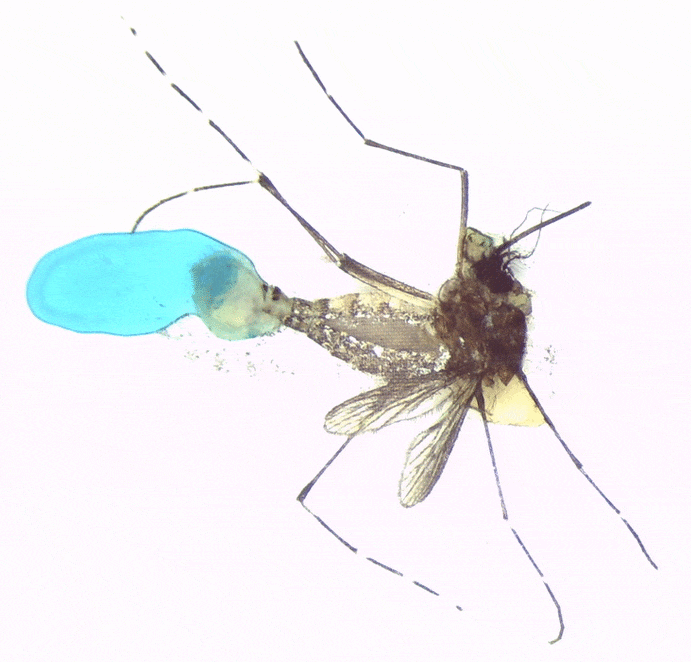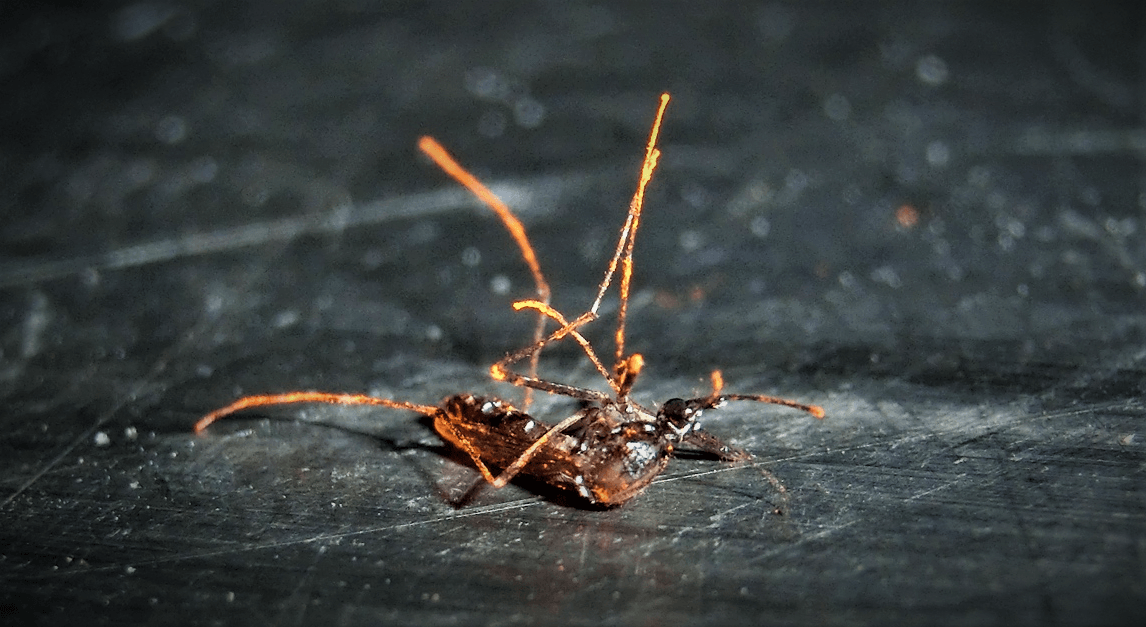
Marking mosquitoes
Words: Mengjia Liu
Images: Perran Ross and Mengjia Liu
It is important to study the fitness of different colonies of Wolbachia-infected mosquitoes, and also of interest to test fitness effects within the same colony when mosquitoes are maintained under different conditions. As we have been maintaining uninfected mosquitoes under laboratory conditions for over 25 generations, one question emerges: What is the difference between laboratory-reared and free-living mosquitoes? Will they become “lazy” after staying in a constant, controlled and ideal environment for over two years?
PCR methods can be used to identify different mosquito colonies with different Wolbachia compositions but not when trying to differentiate between laboratory-reared and free-living mosquitoes. One solution is to use colour marking. Numerous methods have been used for marking mosquitoes including fluorescent powder, fluorescent dye, rhodamine B, and blue food dye. There are two important considerations when choosing which method to use. 1. The distribution and persistence of the mark, does the method mark mosquitoes evenly? How long does the marking persist? 2. The influence of marking on the fitness of mosquitoes, e.g. does it influence the mobility and longevity of mosquitoes?
We have found that blue food dye is unstable even if though is quite easy to apply. When providing 5% dye solution in sugar cup to mark mosquitoes, not all mosquitoes will be marked even after providing dyed food for two days. The dye fades within a day. What is more, the blue food dye in their digestive system can only be observed by squashing the mosquitoes between microscope slides, so it cannot be used for experiments that require the mosquitoes to be alive after recapturing them.
Compared to blue food dye, marking mosquitoes with fluorescent powders is a quicker and more even approach. However, it has some conspicuous negative effects on their fitness. In particular we have found that larger amounts of powder on the body will reduce mobility and decrease longevity of the mosquito, and also with the possibility of other unmeasured effects. The influence of the powder also appears related to the age of mosquito, the older the mosquito the more damage the fluorescent powder does. One thing should be kept in mind when using fluorescent powder is to use as little powder as possible (while still being detectable) and to select younger mosquitoes for the experiment in question. One way of reducing these negative effects is to carefully weigh out the powder in vials before adding adult mosquitoes, which is a procedure that has also worked well previously with Drosophila. According to our tests 0.0003 grams of powder is sufficient for 20 adult mosquitoes and this dosage can be still be reliably detected under a microscope with UV light.
Fluorescent powder and fluorescent dye colour mosquitoes from the outside of their body, while rhodamine B and blue food dye colour from the inside. The pros and cons should be balanced before we decide which marking system to use in specific circumstances.
Mosquito marked correctly with fluorescent powder
Mosquito marked with far too much fluorescent powder
Squashed mosquito fed blue food dye


